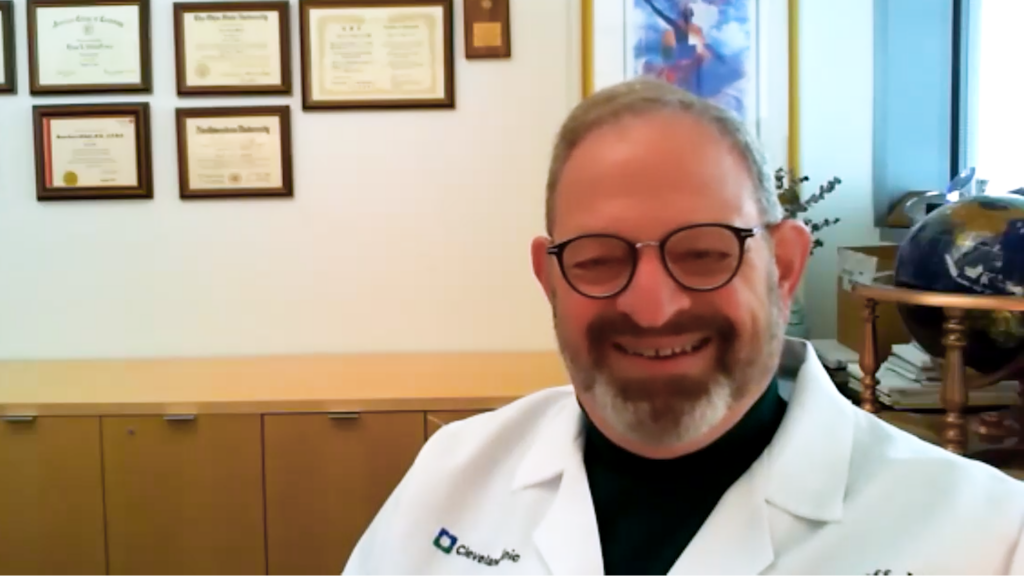We spoke to Professor Gilles Montalescot (ACTION study group, Pitie-Salpetriere Hospital, Paris, France) about the results from the ADRIFT study, evaluating the use of two doses of rivaroxaban compared to dual antiplatelet therapy in patients with atrial fibrillation after left atrial appendage closure, and how physicians might use these findings in the management of their patients.
Speaker’s Disclosures: Gilles Montalescot has received research funds for ActionCoeur or fees from Abbott, Amgen, Actelion, American College of Cardiology Foundation, AstraZeneca, Axis-Health, Bayer, Boston Scientific, Boehringer Ingelheim, Bristol-Myers Squibb, Beth Israel Deaconess Medical, Brigham Women’s Hospital, China Heart House, Daiichi-Sankyo, Idorsia, Elsevier, Europa, French Federation of Cardiology, ICAN, Lead-Up, Medtronic, Menarini, MSD, Novo-Nordisk, Partners, Pfizer, Quantum Genomics, Sanofi, Servier and WebMD.
Questions:
1. What were the aims and key findings of the ADRIFT study? (0:04)
2. Where there any notable differences between the two regimens of high (15 mg) or low (10 mg) dose rivaroxaban? (2:09)
3. How should physicians consider these findings in the management of their patients following left atrial appendage closure? (2:51)
touchCARDIO.com is an independent information resource supporting physicians, clinicians and leading industry professionals in continuously developing their knowledge, effectiveness and productivity, via free-to-access content in multimedia formats.
Filmed in partnership with the Arrhythmia Alliance (A-A) at the European Society of Cardiology (ESC) Congress 2019 in Paris, France, September 2019.









